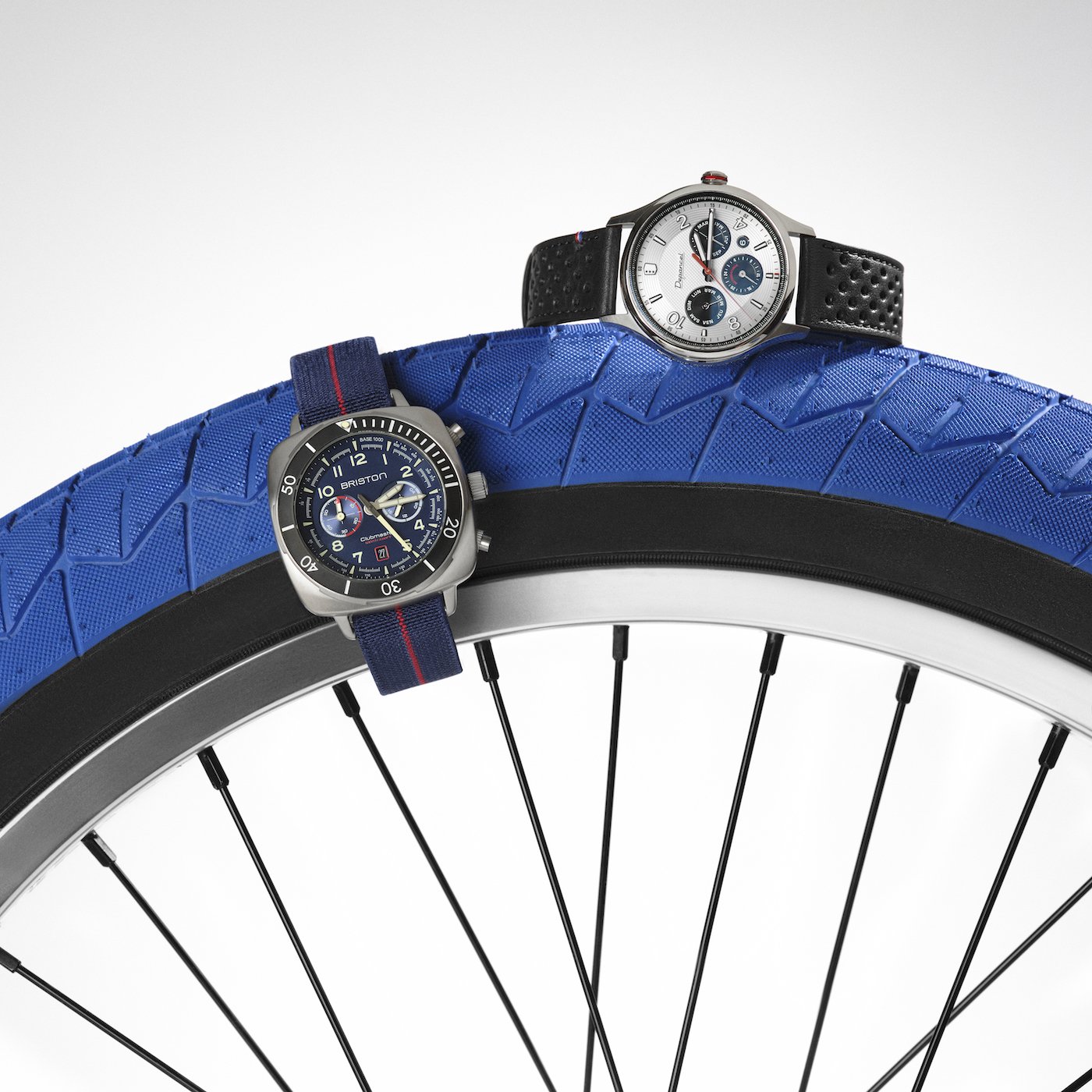he former CPDH and Cetehor, both well-known to our longstanding readers and very much present in our archives, have since 2009 merged into Francéclat. The role of this Paris-based trade organisation is to promote the economic development of three creative industries: jewellery, tableware and timepieces.
Its scope extends to all types of company in the sector, from watches to supply chain to timekeeping for industrial applications. This presence on French soil is central to its mission. Accordingly, Francéclat has placed the emphasis on mapping French brands and the country’s industrial ecosystem. The organisation’s chief executive, Hervé Buffet, answered our questions.
-

- Hervé Buffet, chief executive of Francéclat
Europa Star: What defines a “French” watch brand? What are your criteria?
Hervé Buffet: We have a rather broad definition of French watchmaking, inspired by Apple – which everyone knows is a US brand. Firstly we’re looking at French creation by a brand that is headquartered in France. After that, the more components are made in France, the better. But the main criterion remains the creative process. On these grounds, we’ve identified some 80 brands.
We’ve been hearing a lot about a revival of French watchmaking. Is this true?
Yes, which we can attribute first and foremost to a more abundant offering, as barriers to entry have been lowered. There is a favourable convergence of, on the one hand, established brands, Herbelin and Pequignet for example, which survived deindustrialisation from the 1960s through the 1990s and are now seeing a revival, and, on the other, younger, creatively-driven brands, Depancel and FOB Paris for example, proposing idiosyncratic designs that fall outside the mainstream. This overlaps with macrotrends, in particular a preference for locally produced goods.
Nor should we omit to mention component manufacturers in the Arc Jurassien, who also supply Swiss brands, and companies whose name won’t be familiar to the general public and who produce at volume for institutions such as French railways and airports. The watch industry is a series of ups and downs and I’m pleased to say that in France, we’re heading in an upward direction. The number of brands doing business is growing, following a period of decline then stabilisation.
We also hear that movement production is relocating to France. What’s the situation there?
There are several initiatives in this regard. Volume production wouldn’t be adapted to the current structure of France’s watch industry. What is relevant is to have access to certain calibres assembled in France. Examples include the relaunch of France Ebauches movements by Soprod, Pequignet and its Calibre Initial, the collaboration between Humbert-Droz and La Joux-Perret, and Semper & Adhuc‘s strategy to recondition vintage movements as part of a circular economy. Movement manufacturing is returning to France. This doesn’t just mean mechanical movements and innovation is key: think of SilMach, which plans to manufacture silicon micromotors in France.
What specifically is Francéclat’s role?
You could translate our slogan - “éclairer, connecter, développer” - as “inform, connect, develop”, which is what we do through collective action that extends throughout the product lifecycle. Our quantitative surveys are one example: quantifying and measuring the size of the industry. Then there are the qualitative surveys on attitudes towards consumption of watches, jewellery and tableware. We consider watches from a broad perspective which has several advantages, given that a previous study revealed how Chinese consumers aren’t influenced by the same considerations of being “made in….” a particular country. They see the Place Vendôme brands as clearly French [whereas the majority of these brands market their watches under the Swiss-Made label].
This confusion between a French brand and a watch that’s made in France must be a major obstacle.
Hence communication on the perimeter we have identified, with a new website promoting watches “à la française”. There is a new sense of cohesion, driven by a movement that unites an entire sector: watch manufacturers, retailers, trade organisations, suppliers, repairers, etc. with a common goal to promote the creativity, diversity and expertise of French watchmaking. We produce targeted advertising campaigns on themes that cover several brands in an imaginative way. Over a year ago we launched Club Horlogerie, where professionals can network and build collaborations. Our Creation division identifies key trends, particularly on social media.
What else do you do?
We work on establishing technical standards, alongside colleagues in Switzerland, Germany, China and Hong Kong. We held our last congress in Interlaken this spring. We help French companies export, through a “club” and by taking our Pavillon France to trade fairs such as Inhorgenta in Munich and HKTDC in Hong Kong. It’s important that we represent French watchmaking as one at these events. Also, we’ve launched a targeted campaign on Chinese social media, to introduce Chinese consumers to French brands.
At the same time, we are mapping existing and available skills in France. This will be especially beneficial to brands that are new to an ecosystem they have yet to discover. We have inventoried some two hundred companies supplying our three sectors. Results will be published at year-end as an online directory that will evolve over time.
Do you provide direct financial support to brands?
We focus on collective action, but if a brand presents a sufficiently strong case, we can provide support for anything that involves an “immaterial” aspect, that isn’t easily financed by banks. This doesn’t include machinery or bricks and mortar, for example.
How is Francéclat funded?
All watch brands and retailers in France pay a tax that finances the development of the watch, jewellery and tableware industries. Customs authorities also collect import duty - which doesn’t apply to Swiss watch brands.
And at government level?
Political considerations are dealt with by the chambres syndicales: trade federations such as France Horlogerie and the Fédération de l’horlogerie française. We do, however, monitor changes to legislation and regulations.

































